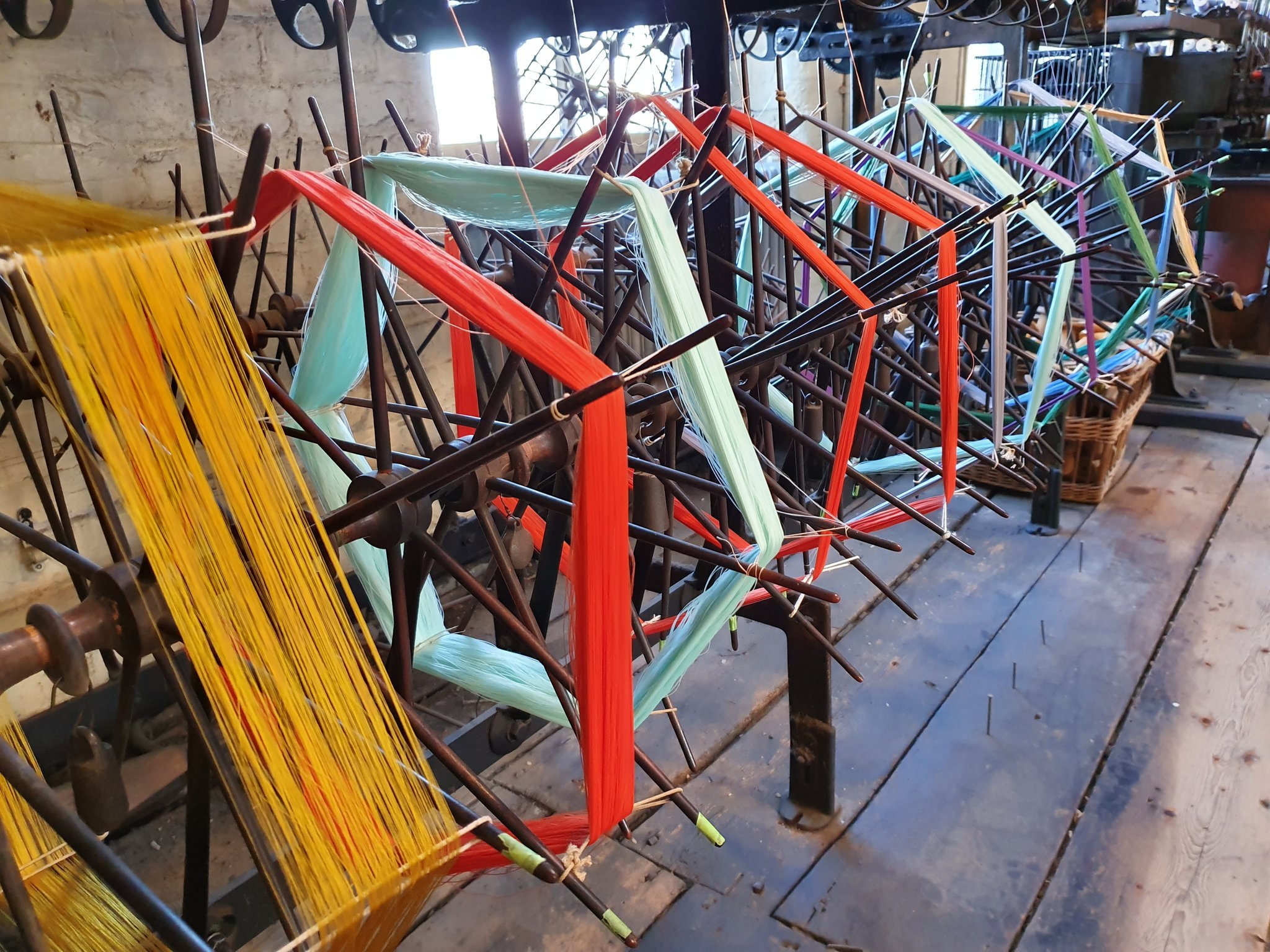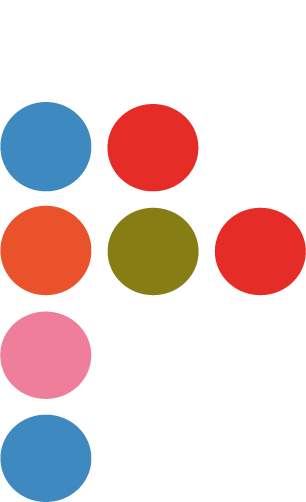
Welcome to Paradise
Paradise Mill is part of the Silk Museum. Did you know that the interior of the third floor of Paradise Mill and the collections within it has been designated by Historic England?
Macclesfield was once the world's largest producer of finished silk, with 5,000 looms and 71 mill factories. Built in 1862, Paradise Mill is now the sole survivor of Macclesfield’s industrial and creative past, housing the largest collection of silk Jacquard handlooms in their original setting and a design suite. The mill produced luxury silk goods for an international audience including retailers such as Liberty of London, until it finally closed in 1981.
Discover more about the lives of the millworkers who created silk here throughout the 19th and 20th centuries. Understand the social history and political background to the silk industry.
Our guides will demonstrate how this luxurious textile was made on these incredible handlooms.
“The museum is excellent and Paradise Mill is unique with its original looms. The tour was superb. Informative and fascinating tales of the machines and the people who operated them.”
Restoration Of the Looms
Work is now well underway to restore two of the nineteenth century silk Jacquard handlooms thanks to £16,000 funding granted by the Association for Industrial Archaeology. Tour guides at the museum, Daniel Hearn, and Trish Halloran, alongside Rebecca Faragher, who is a trained weaver, are painstakingly undertaking the conservation of the 400-hook handlooms.
Daniel Hearn, one of the team who has taken on the task, says: “This restoration involves considerable effort, especially the building of a new Jacquard harness. There is more work to do, and still more to learn. Establishing a strong foundation in acquiring these skills means we are taking the first critical steps in ensuring that this niche type of Jacquard handloom weaving remains operational within the extraordinary time capsule that is Paradise Mill.”
Endangered Craft of silk weaving
Silk weaving has now joined the list of Endangered Heritage Craft Skills. Jacquard silk handweaving is a highly time-consuming skill to learn. The Silk Museum has secured funding from The Radcliffe Trust to work up a plan for the conservation of the looms alongside creative placements for emerging craftspeople. Read more about the work of our graduates and the history of female designers at the Mill.
Restoration Of the Mill
Paradise Mill has undergone restoration with thanks to Allmand-Smith Ltd, who own Lower Paradise Mill. This has been made possible from a £309k National Heritage Memorial Fund award, which allowed the Silk Heritage Trust, who run the museum, to acquire a 125-year lease of the top floor of Paradise Mill from owners Allmand-Smith Ltd. Essential repairs to the roof and lift will now enhance the visitor experience and ensure it is accessible .
GROup tours
Visit us with your group for a brilliant day out. A guided tour of Paradise Mill reveals a world of stories. Discover social history, engineering and technology, fashion and design. We are close to the foothills of the Peak District and the borders of Cheshire, Derbyshire, Staffordshire and Greater Manchester so we can form part of a wider itinerary. We can tailor a package to meet your needs.
Group Guided Tours of Paradise Mill are £10.50 per adult. Please note: a group is 10 Adults or more. The Silk Museum entry is free of charge, but we do ask for a donation.
Please email us to book your group visit bookings@silkmacclesfield.org.uk

The last Sunday of each month we open Paradise Mill for an informal look around tour. You can call in at the following times:
12pm, 1pm, 2pm and 3pm
Cost £6 for adults, concessions are £5.00 with children under 16 going free.
This is to coincide with the popular Treacle Market that lines the streets of Macclesfield. Treacle Market is a monthly fixture with independent traders selling everything from Bric a Brac, clothing, French soaps, plants and jewellery to the most delicious chocolate, olives and street food.
A little bit of Paradise
The Upper Mill was purpose built around 1824 for manufacturing silk. In 1862 during a slump in trade, the owner John Bagshaw, a cotton manufacturer, pulled down the neighbouring 18th century mill and built Lower Mill, which we know today as Paradise Mill.
During the second half of the 19th century, the mills were used by several silk and cotton manufacturers. In 1870, David Hooton and John Hockenhull, who already occupied the second floor for cotton weaving, bought the mills, and it was at this time that the term Paradise Mills was first used. By now the cotton industry in Macclesfield was declining, and from 1891 the mills were used exclusively for silk. One of the more notable tenants was James Kershaw, whose firm was well known for the richness of design and variety of fabrics; He produced nothing but new style, and in less than six months had at least 100 looms in full work, using new modern machinery. By 1891 the mills were exclusively used for silk manufacturing.
Access at Paradise Mill
The Silk Museum is split over two sites. Paradise Mill is a listed industrial building. It has original features, which means that the floor is uneven and some of the spaces are small. Paradise Mill can be accessed by a lift suitable for wheelchairs and via three flights of stairs, totalling 49 steps.
The Silk Museum is all on the ground floor and is suitable for prams, wheelchairs, mobility scooters, crutches, and Zimmer frame users. A unisex disabled access toilet, with baby changing facilities is available at the Silk Museum. There is a disabled parking bay in the nearby Old Library car park.






